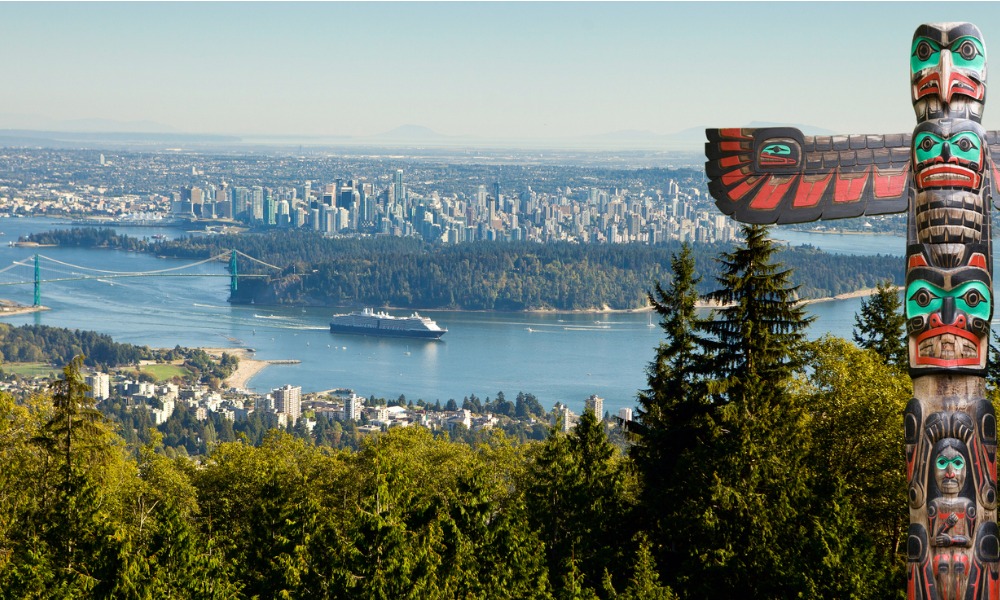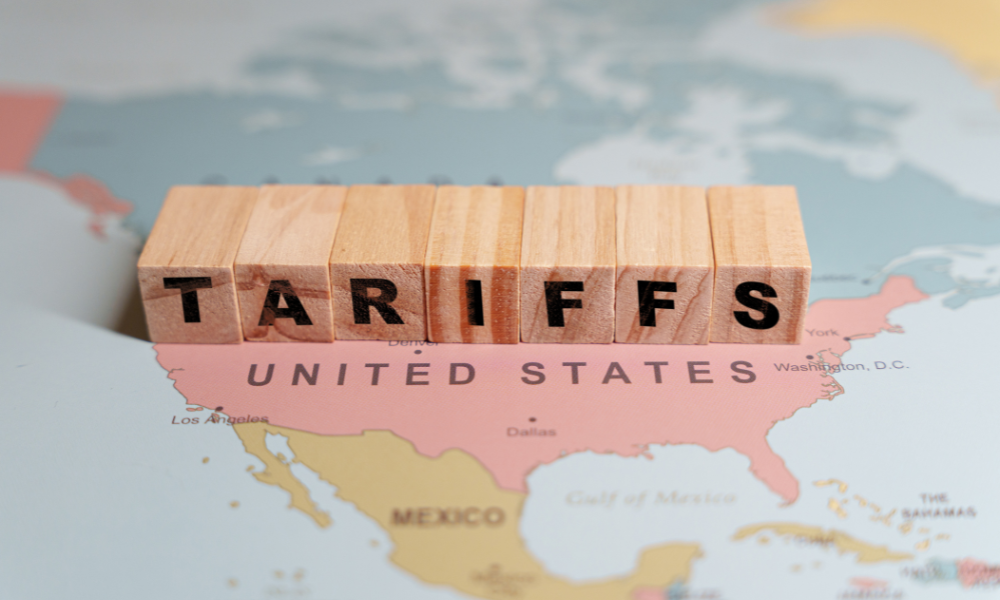AVP of Indigenous services at CWB Wealth explains what his work entails and how advisors can approach Indigenous communities

The AVP of Indigenous services at CWB Wealth, Kain Big Canoe, provides investment consulting and trust advice to a unique set of clients: Indigenous communities. Serving communities, rather than just individuals, requires a degree of stakeholder management and multiparty engagement, as well as a close consideration of the goals, needs, and unique experiences of each Indigenous community served.
Big Canoe explained the exact nature of his work, how he approaches his clients and what challenges he helps them overcome. He outlined some of the wider opportunities set in Indigenous communities now and explained both why and how advisors of all backgrounds can help work with and serve Indigenous communities.
“It’s about having those conversations with the broader community so that you’re able to establish what we want to get out of this trust, how we want to support the community’s needs today, and then planning for the future seven generations ahead,” Big Canoe says. “We act independently and objectively offering the universe of 3rd party solutions to our clients, which is I think our biggest value add and why we’ve done so well. We’ve gained the trust of Indigenous communities all across Canada because of our independence and objectivity and the fact that we’re sitting on their side of the table.”
The work Big Canoe does still mirrors what advisors do on a day to day basis: generating return while managing risk. At the same time, it also functions somewhat like working for a pension fund or a nonprofit, where your clients are more like a board of directors. Big Canoe’s primary point of contact with his clients is their board of trustees. While each community is different, the trustees usually include an elder, a youth representative, someone from leadership like a chief or council member and, an expert or corporate trustee from either a bank or an accounting firm.
Read more: Scotiabank to launch new investment dealer firm for Indigenous shareholders | Wealth Professional
Big Canoe’s team answers most frequently and directly to those trustees, but there is a wider community obligation that they have to meet as well. They will attend AGMs and answer questions from the whole community, giving the community an opportunity to voice an opinion on how their money is managed.
Often the work of Indigenous wealth management means placing restrictions on investment practices. Typically, Big Canoe says, they apply environmental, social, governance, and Indigenous rights (ESGI) screens to their investment portfolios. Different communities will also have different limitations. Some communities will want pipelines in their portfolios, for example, while others want no exposure.
One of the fundamental goals of Big Canoe’s work is to ensure that the windfalls, payments, and sources of income an Indigenous community receives can sustain them over a longer period of time. Budgeting is crucial to that work, as is a robust formula that can determine annual income payouts to communities. Winning the trust of the community’s leadership is key to achieving that goal as well. Big Canoe’s team is over 50 per cent Indigenous themselves, and that shared familiarity of background and life experience can go a long way to winning the trust of a community’s leadership.
Read more: IPF unveils inaugural board for indigenous empowerment | Wealth Professional
That trust can be challenging to earn because Indigenous communities have often had bad experiences with wealth managers. Big Canoe says that often when settlements are paid to communities or other windfalls are received, the community will be inundated and overwhelmed by potential providers. Many of whom might not do their due diligence, resulting in the community's needs not being met, and a residual sentiment of feeling exploited by undisclosed components like hidden fees. What Big Canoe strives to offer his clients is a good faith partnership that they can trust and rely on based on performance analysis against its peers and shared life experiences.
Big Canoe has seen his work pay dividends for his clients already. The payments he has helped generate, manage, and sustain have given young people access to sporting and educational opportunities. By managing and growing their wealth he has helped communities fund new businesses, health centres, and even their own water treatment plants which helped to expedite the process as government services often take considerable time to materialize. It’s work that he and his team find deeply rewarding.
Big Canoe welcomes the idea of more advisors working with, and serving Indigenous communities. He thinks that adding more competition into this market can help improve outcomes for communities. As they do so, he emphasizes the nuances and understanding that this kind of work requires.
“No two communities are the exact same, so doing your research and understanding the community you’re trying to work with ahead of time speaks volumes,” Big Canoe says. “Remember you’re a guest in their community. If you do your research, it’s perfectly acceptable to ask questions and show that you both care and want to learn more for the community, but I wouldn’t go in unprepared and ask questions off the top of your head. When you know a bit, and want to learn more, it shows that you want to actually partner with the community and that’s really key. They don’t want someone who is just going to collect their fee, they want a sense of partnership.”



